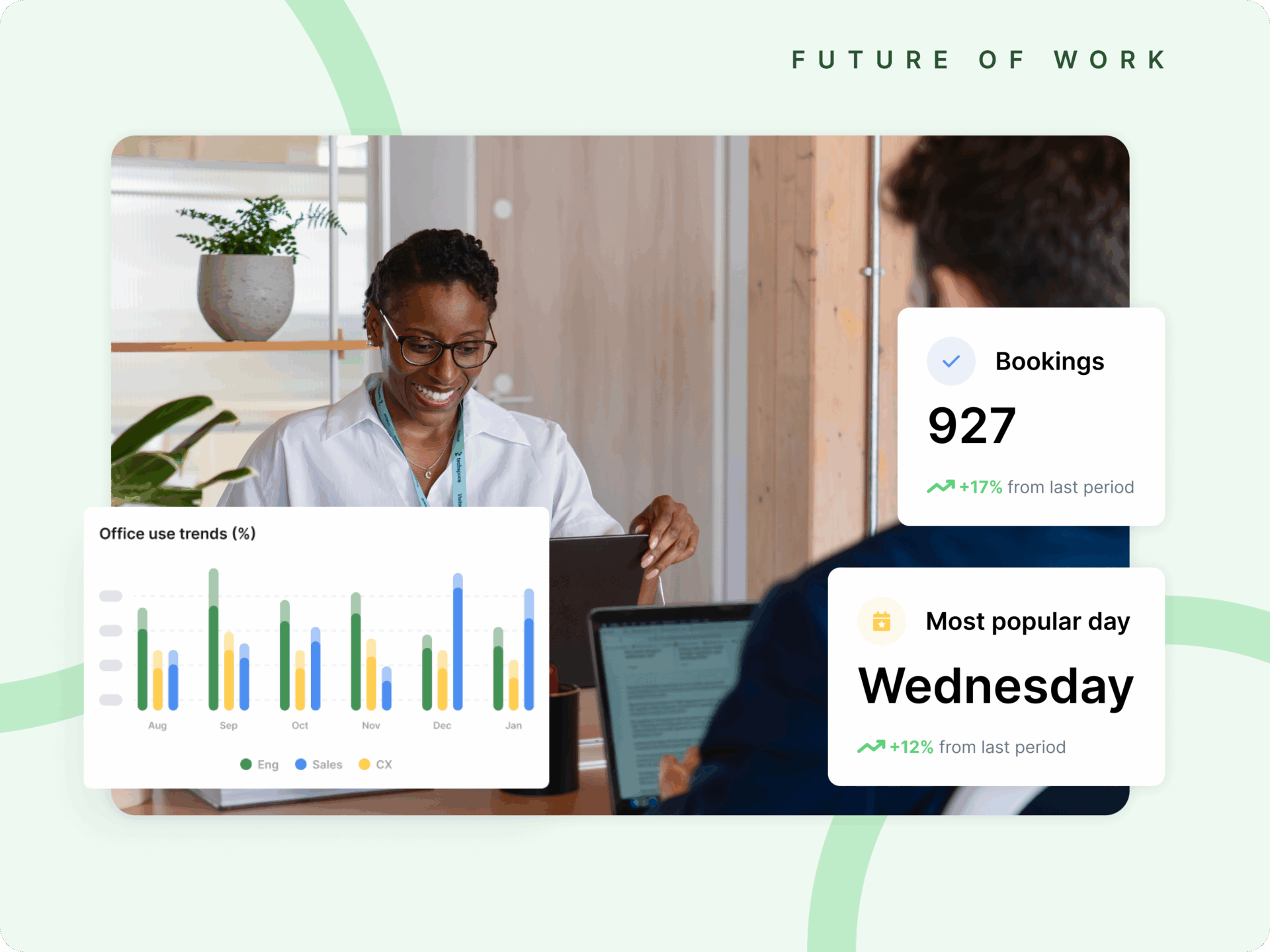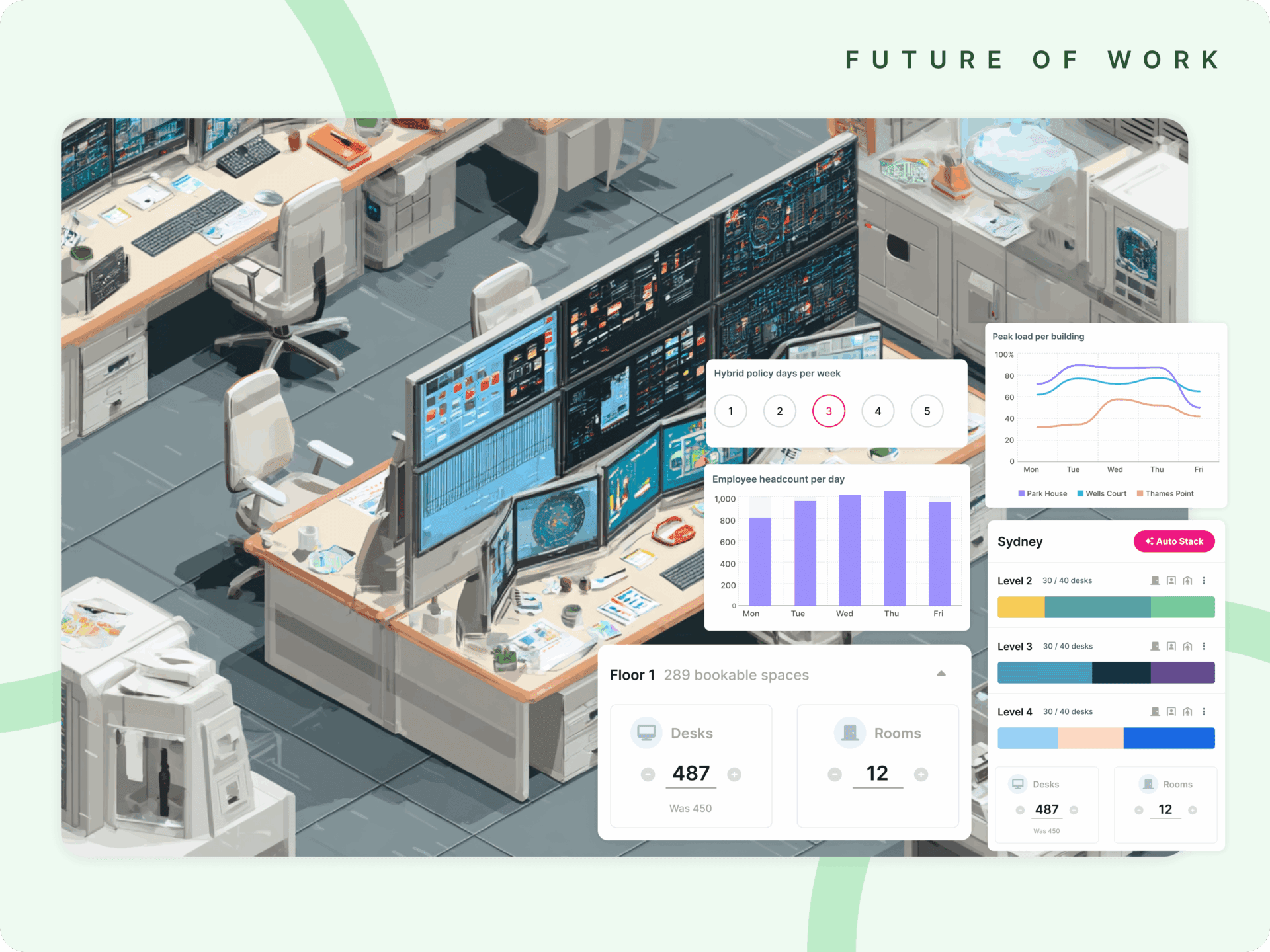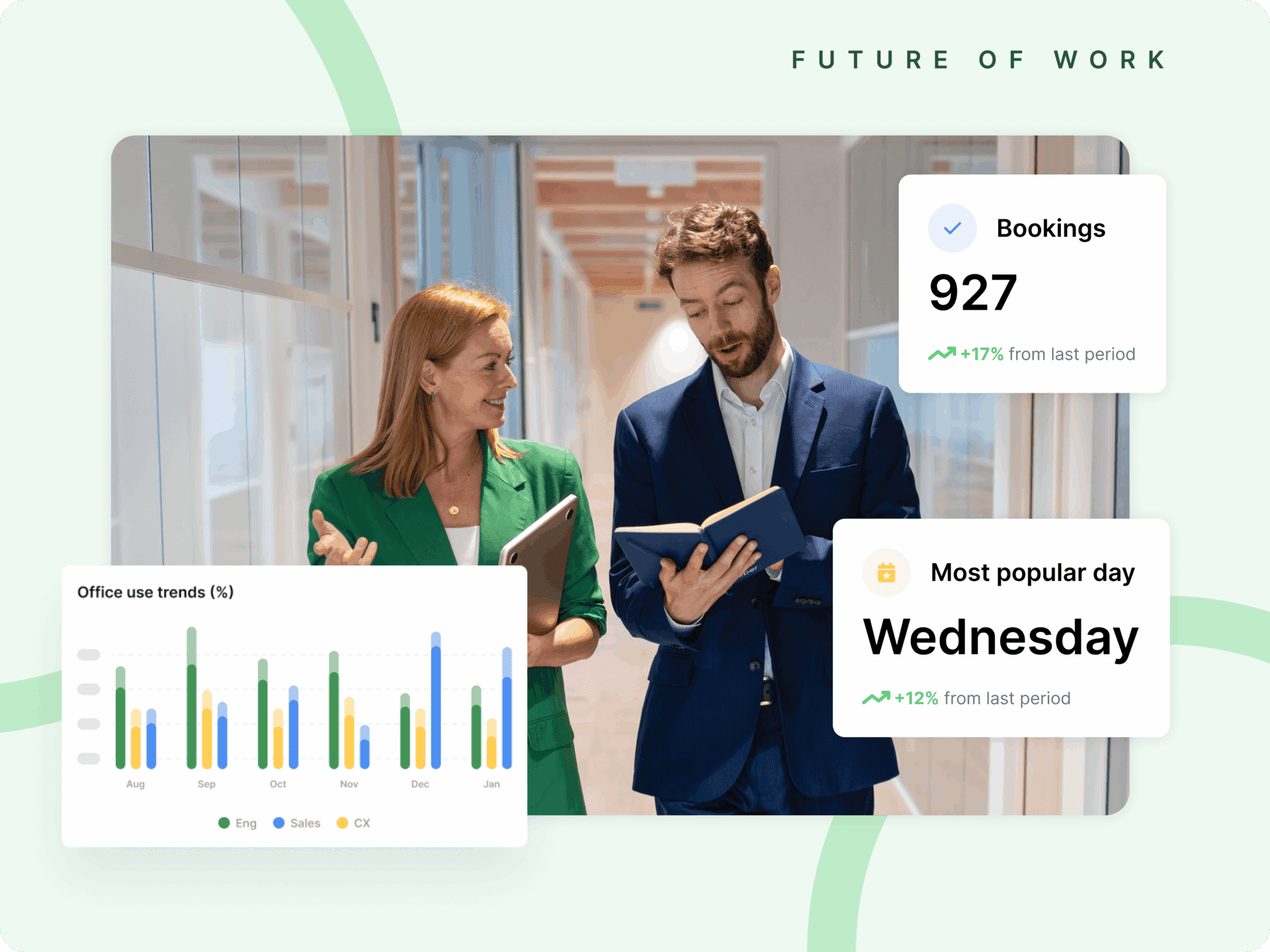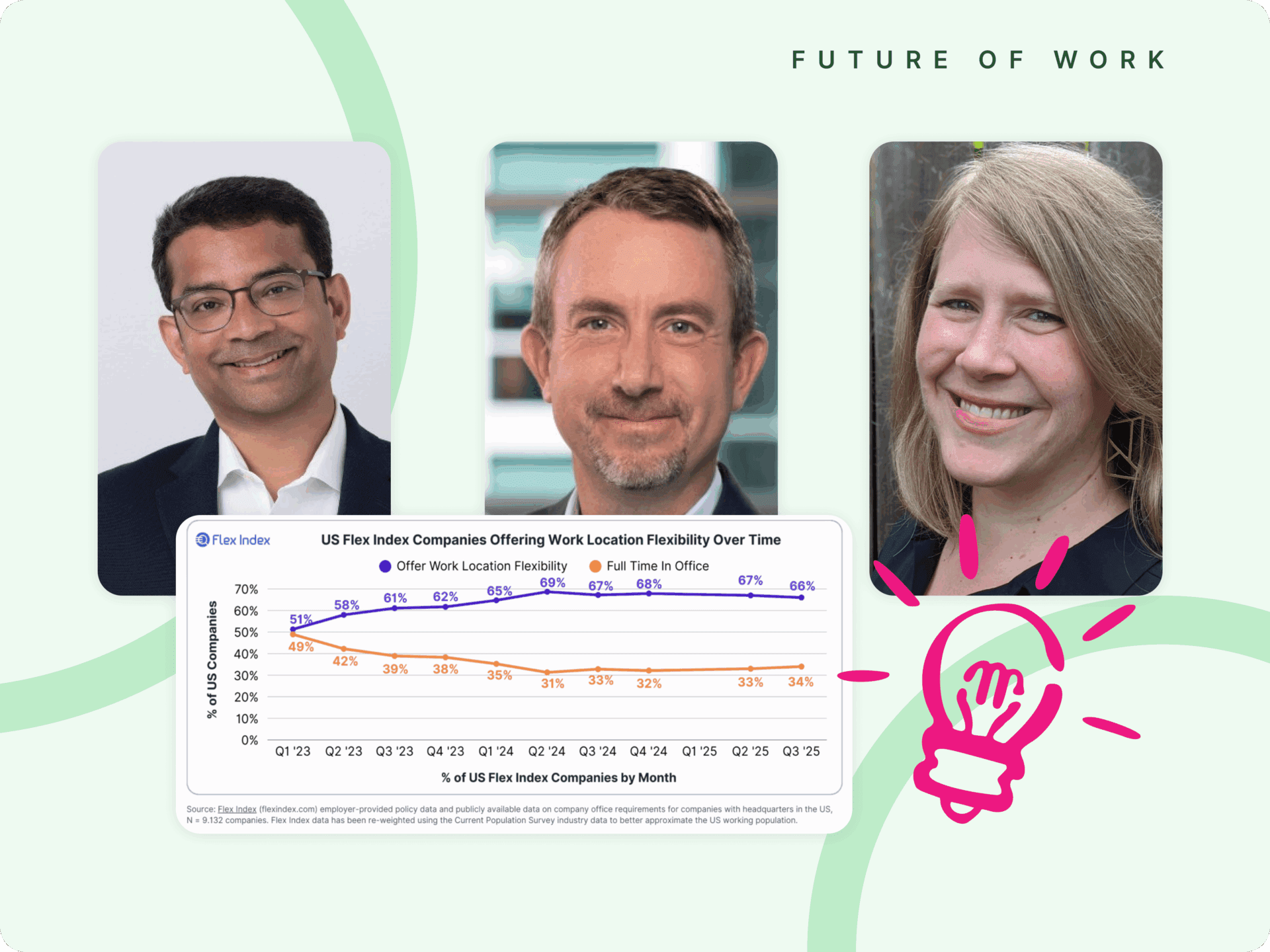Fifteen years ago most enterprises had never heard the term DevOps. Ten years ago, few could define RevOps. Today both are indispensable disciplines that unify fragmented functions and drive measurable outcomes. We are now entering another transformational moment. A new discipline is emerging, one that integrates people, space, and time into a single system of record. We call it WorkOps, and Kadence is the first platform to define and deliver it.
WorkOps is not a new label on an old practice. It is a recognition that workplace operations has matured into something far more strategic. Facilities management tools were built to maintain buildings. HR systems were built to manage people. Scheduling tools were designed to coordinate calendars. Each solves a small piece of the puzzle, but none provides the unified visibility and control leaders need. WorkOps is about unifying all of these dimensions so leaders can treat the workplace as a core driver of business performance.
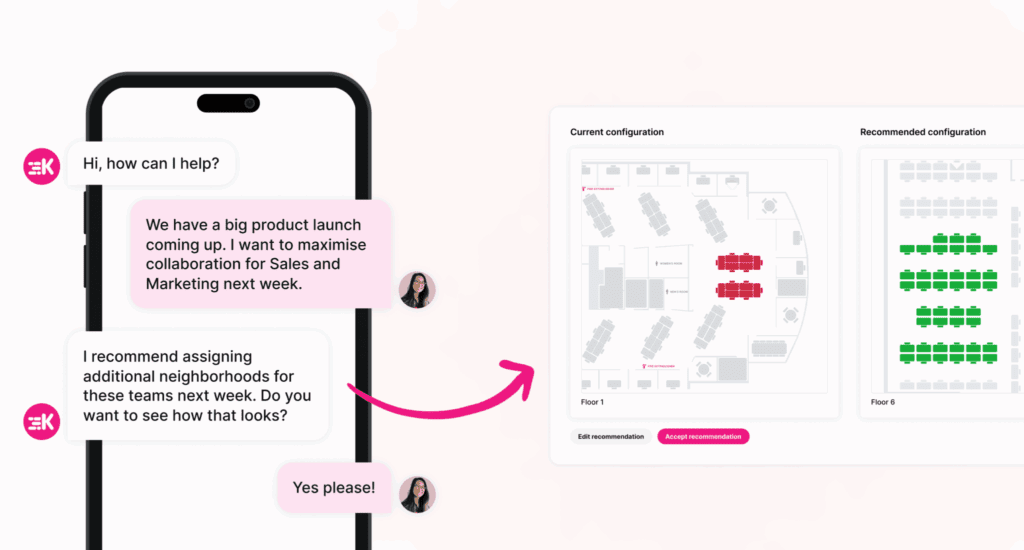
What Is WorkOps?
WorkOps is the orchestration of the modern workplace as a whole. It brings together the daily experiences of employees, the strategic decisions of leaders, and the operational realities of space and resources. Unlike point solutions, which address isolated needs, WorkOps creates a single platform where all workplace data and actions converge.
This matters because the workplace has become too complex to manage through silos. Enterprises are spread across multiple locations, each with different needs and patterns of use. Employees expect seamless experiences and autonomy while leaders need control and predictability. WorkOps makes it possible to meet both demands at once by aligning every element of the workplace within one unified system.
Why WorkOps Now
The urgency for WorkOps comes from two forces that every enterprise leader feels. The first is cost. Real estate and people represent the largest line items on the balance sheet. When office space is unused or employee schedules are misaligned, the financial waste is impossible to ignore. The second is complexity. Employees are overwhelmed by too many apps, and leaders are struggling to piece together a complete view of workplace performance from fragmented systems.
CFOs want clear ROI from workplace investments. CHROs want to understand how workplace experience affects engagement and retention. COOs want to ensure the organization is operationally ready for any scenario. None of these questions can be answered by traditional tools in isolation. WorkOps exists because the workplace is now a strategic lever, and it demands a discipline built for the modern enterprise.
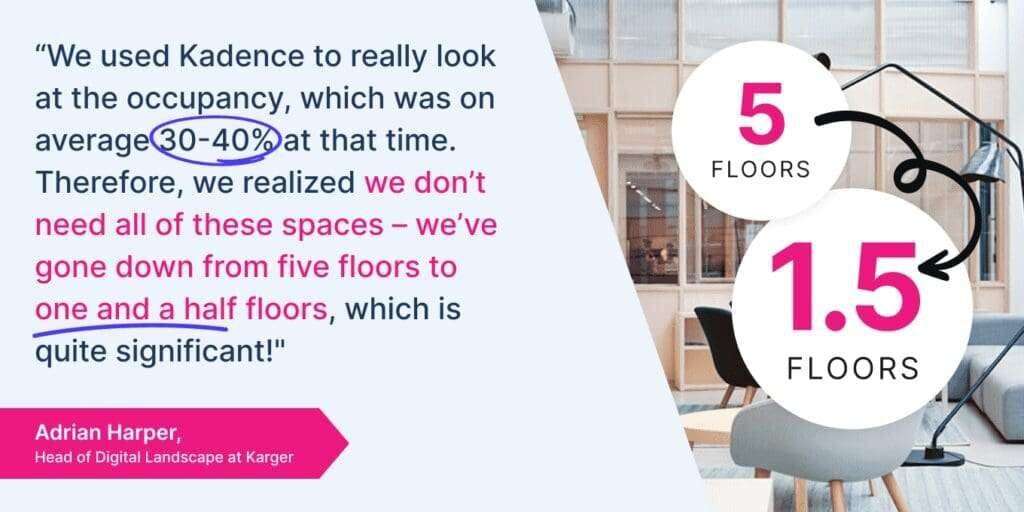
The WorkOps Playbook
The trajectory of WorkOps is clear. Enterprises start by addressing immediate needs such as desk booking, room scheduling, and visitor management. These are the foundations that remove friction and create order. From there, they expand into daily touchpoints like announcements, surveys, events, and ticketing, ensuring that employees have a single platform for navigating their workday.
The next stage is where WorkOps truly proves its value. Scenario planning, space management, and workplace analytics give leaders the ability to predict, model, and optimize. Instead of reacting to change, they can anticipate it. Instead of guessing at ROI, they can calculate it. Instead of juggling systems, they can make decisions from a single source of truth. This is the playbook for enterprises that want to move beyond survival and into performance.
The Business Case for WorkOps
For CFOs, WorkOps provides the clarity needed to manage one of their biggest costs and turn it into a measurable return. For CHROs, it connects workplace experience directly to culture, engagement, and retention. For COOs, it provides a framework for operational readiness that adapts to changing conditions. And for employees, it simplifies the workday into a seamless, consumer-grade experience that reduces friction and increases productivity.
This is why WorkOps will become a non-negotiable discipline in the years ahead. The workplace is too important, too costly, and too central to leave fragmented. Just as enterprises eventually realized they could not operate without DevOps or RevOps, they will soon recognize that WorkOps is essential to aligning people, space, and time with business performance.
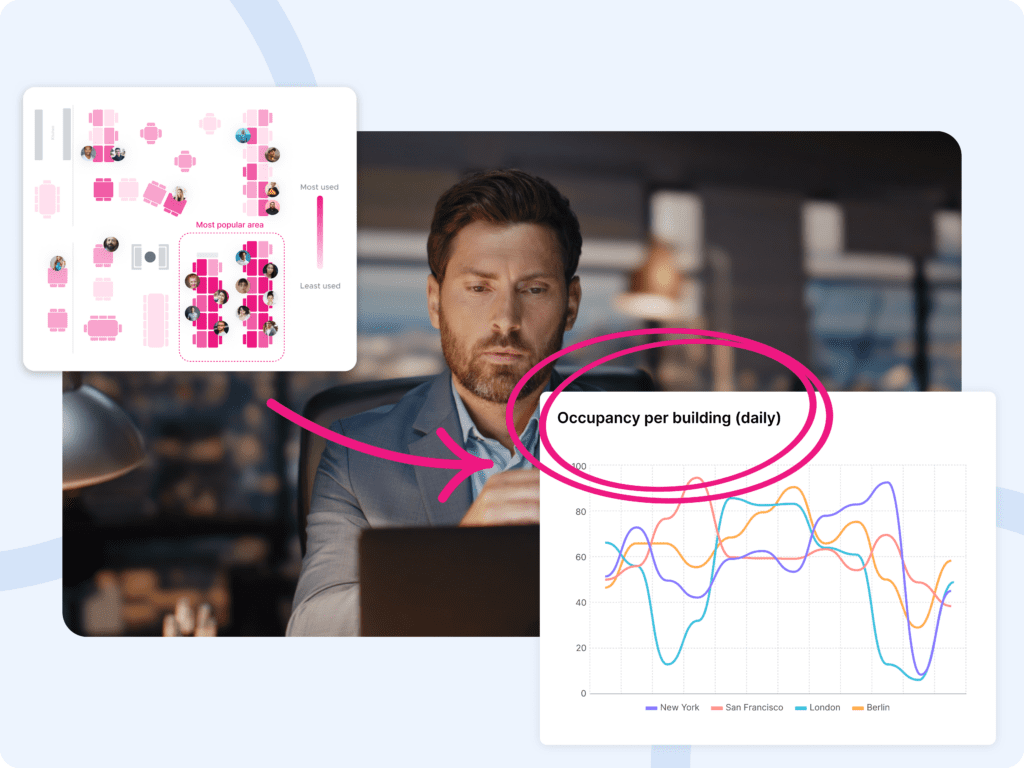
Kadence as the First WorkOps Platform
Kadence is proud to be the first platform to define and deliver WorkOps. By fusing IWMS-grade power with modern coordination and AI-driven intelligence, Kadence provides enterprises with the operating system they need for the workplace. It is not a collection of tools. It is a unified platform that orchestrates every element of the workplace into a single system designed for outcomes.
By being the first to lead in this space, Kadence is not just responding to enterprise demand. We are shaping the category itself. WorkOps is the new language of workplace strategy, and Kadence is the first platform to embody it.
The WorkOps Era Starts Now
The workplace is entering a new era. Leaders no longer want fragmented tools or outdated systems. They want clarity, control, and performance. WorkOps provides that foundation, and Kadence is leading the way.
Just as DevOps and RevOps redefined their industries, WorkOps will become indispensable for every enterprise. The question is not whether organizations will adopt it, but how quickly.
Kadence is proud to be the first WorkOps platform defining the future of workplace operations.
Book a demo with our workplace operations experts.


